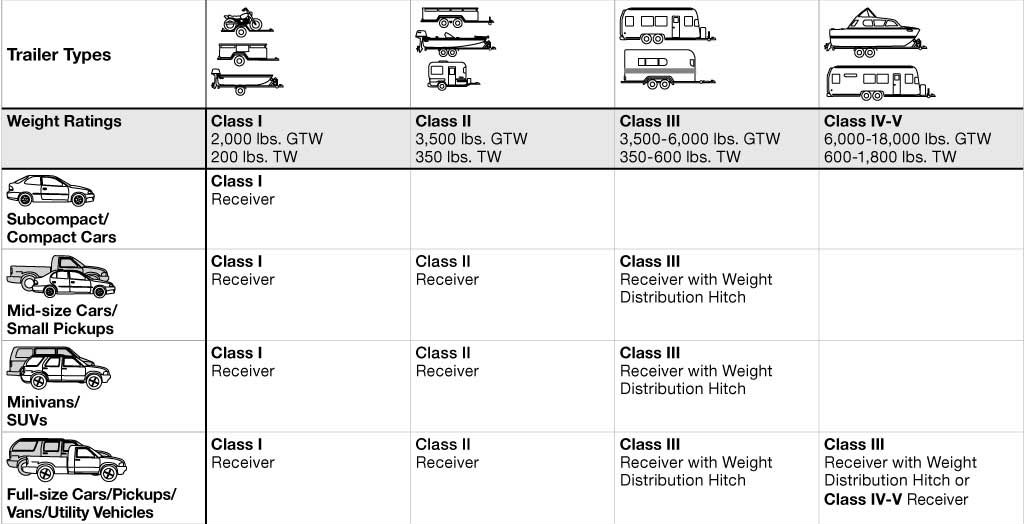If you have gotten this far, you may have made up your mind what you are going to use your trailer for, and hopefully what style of trailer is required to accomplish this. If not, here are a few things to consider before deciding on what type and size trailer you need.
What do I need a trailer for?
You may think that you will only use a trailer a couple of times a year, the reality is that once you have your own trailer, you will find more uses for it than you can ever imagine!
List everything you will need the trailer for and everything you think you may, for example –
•Getting rid of your trash
•Picking up or delivering firewood
•Moving the ride on mower for servicing
•Taking the kids' motorcycles to events
•Moving house or unit
•Yard improvements
•Landscaping
•Camping
•Renovating the house
•Moving stock or animals
•Contracting
•Business loan trailer
•Deliveries
•General day to day use
What deck size do I need to fit the biggest item in?
With most trailers, you can fold the front and rear tailgate down to allow for long lengths of timber or panel and also run the wheels of your quad bike or ride on mower over the front tailgate if the deck length is insufficient.
When considering the width of the trailer deck, do not forget to include the thickness of the sides/tie-rails and fenders. In most states the maximum legal overall trailer width is normally 8' (96")
What is the heaviest/maximum weight I will be transporting?
This will determine whether you need a single or dual axle, braked or unbraked (see state braking regulations here) and whether you have a tow vehicle that has the capacity to tow the trailer – See the next section below.
Single axle trailers normally have a capacity of between 1000 - 3500 lbs GTW (trailer tare weight and load combined), are normally unbraked and are readily available and relatively easy to build.
Single axle trailers are very maneuverable when empty, especially when fitted with a wheeled trailer jack. This makes them easy to get into tight areas for loading, unloading and for storing. Some models can be folded up and away along the side of the house or garage which makes them great for occasional use.
Tandem or dual axle trailers, on the other hand, are normally longer, wider and heavier than their single axle cousins and can be awkward and cumbersome to maneuver when empty, and they do take a little more skill to handle when loaded.
Tandem trailers have a load capacity ranging from 3000 lbs GTW up to 12,000 lbs and higher. Tandem axle trailers are commonly braked depending on their use and state laws.
Next consider the towing capacity of your vehicle?
Every vehicle from sub compact to pickup will have a recommended towing capacity which can be found by either checking in the vehicle owners manual or on the inside of the drivers door. If you already have a hitch installed, check its class number and/or load rating.
Hitches are rated and certified to transport a certain GTW (Gross trailer weight) and should match the tow vehicles towing capacity.

If you are fitting a new hitch, buy one that is strong enough to handle the maximum gross trailer weight (trailer tare weight and load), but does not exceed the recommended towing capacity of your tow vehicle. Fitting a bigger hitch onto your vehicle does not mean you can tow heavier loads - always stay within the limitations of the tow vehicle.
A mid sized steel single axle trailer can weigh between 300 to 550 lbs (tare weight), and if the hitch capacity is rated at 2000 lb, the load you are sensibly able to carry on the trailer would be 1450 lbs if the tare weight is 550 lbs.
Just bear this in mind when considering transporting the likes of firewood which, when freshly cut, can weigh up to 5500 lbs per cord.
It is pointless to buy or build a trailer to transport half a cord of firewood (which if wet can weigh up to 2750 lb) with a small car or truck with a towing capacity of 2000 lb.
Just remember that while it is not technically illegal to load over the hitch certification, if you are unfortunate enough to have an accident, you may find yourself incurring serious penalties/lawsuits as well as voiding your insurance.
Ensure your hitch is rated for the total load you are wanting to carry. Upgrade if possible and remember to always stay within the safe towing limits of your tow vehicle.
Trailer sides or no sides?
Whether your trailer requires sides or not is wholly dependent on its end use. If you are transporting ATVs, motorcycles or your ride-on, then an open sided trailer may suit, but if you want a general all purpose trailer for carting loose material like bricks, sand, bark, etc, as well as loading the ride-on, then fully enclosed sides or removable sides would make more sense. Sides add a little extra weight to the trailer, but they do add security to your load, they also add strength to your trailer and make it overall, a more useful trailer.
Where am I going to store the trailer when not in use?
Your trailer will be sitting idle more than it will be used and having a suitable area to store the trailer will make life easier. Having to move the trailer out of the way every time you or your family need to do a day to day task can quickly become a burden.
•If you have a small townhouse section, what overall width and length will fit in the small gap down the side of the house?
•Do I need to look at a collapsible trailer that can sit up against the side of the house under the eaves, or at the back of the garage?
•Is there anywhere I can put the trailer where it is protected from the elements?
•How secure will the trailer be?
•Will my trailer get stolen or vandalized where I want to store it?
Remember that whether you build your own trailer, or buy a new or used trailer, it is an investment and worth protecting.